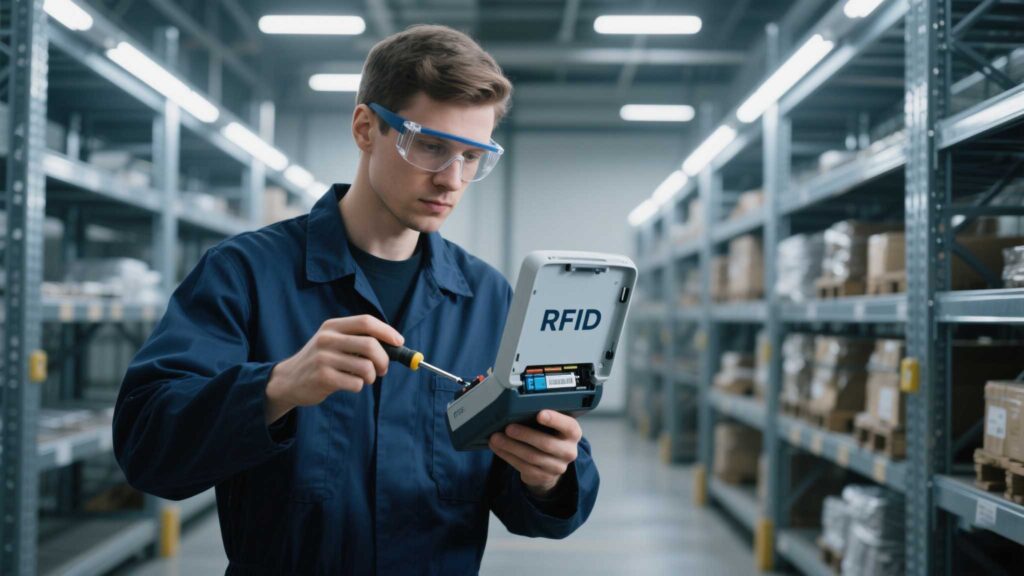What’s the Maximum Read Range for Industrial UHF RFID Tags with Handheld Scanners?
653Discover the maximum read range for industrial UHF RFID tags with handheld scanners. Learn how tag type, environment, and antenna design impact performance.
MoreAll RFID Product
Buying a handheld RFID scanner isn’t like purchasing a printer—it’s a long-term investment with costs that go far beyond the initial price tag. From software subscriptions to unexpected repairs, understanding the true cost of ownership helps you budget wisely and avoid sticker shock. Let’s unpack every expense, visible and hidden, so you can make a smart decision.

The sticker price is just the start. Consider these initial expenses:
Example: A warehouse deploying 10 Cykeo scanners might spend $25,000 upfront for hardware, tags, and a year of software.
a. Maintenance and Repairs
b. Tag Replacement
c. Labor
a. Integration Challenges
b. Compliance and Security
c. Downtime

RFID scanners cut costs by:
Case Study: A Cykeo user in logistics recouped their $50,000 investment in 14 months via reduced labor and shipping errors.
Takeaway: The true cost of a handheld RFID scanner isn’t just about dollars—it’s about balancing upfront investments with long-term efficiency gains. While brands like Cykeo offer robust, cost-effective tools, your ROI hinges on planning for all expenses, visible and hidden. Crunch the numbers, prioritize durability and support, and transform RFID from a cost center into a profit driver.
Discover the maximum read range for industrial UHF RFID tags with handheld scanners. Learn how tag type, environment, and antenna design impact performance.
Moreexplore the working principle, application scenarios, core advantages, and key purchasing considerations of RFID proximity alarm systems
MoreRFID card readers aren’t just gadgets. This practical guide explores real-world setups, common hiccups, and lessons learned in offices, warehouses, schools, and DIY projects, with hands-on tips and observations.
MoreDiscover Cykeo's 3 proven methods to overcome RFID metal interference. Learn how our UHF readers achieve 99% accuracy in steel plants, oil rigs & automotive factories.
More